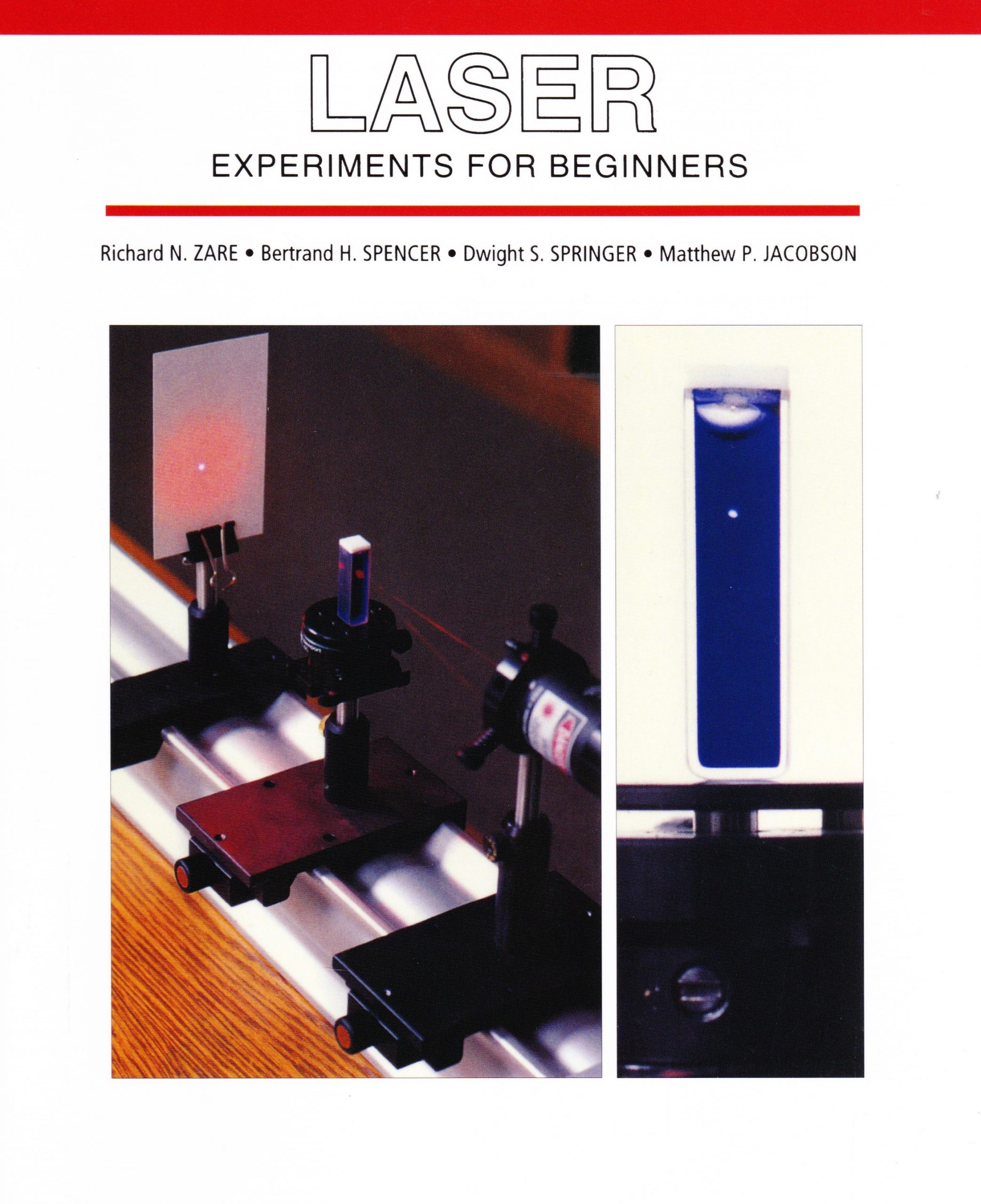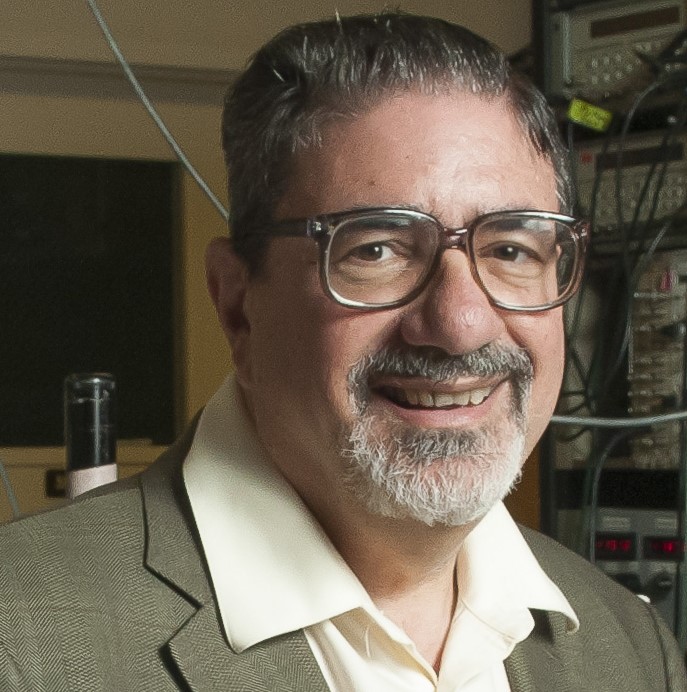
Laser Experiments for Beginners
The perfect blueprint for science teachers who want to bring one of the most remarkable research tools of the 20th century into their classrooms: the laser. Requiring only a low-cost, low-power laser (easily available for under $100) the book presents a series of experiments for in-class demonstrations or student activities.
Summary
The perfect blueprint for science teachers who want to bring one of the most remarkable research tools of the 20th century into their classrooms: the laser. Requiring only a low-cost, low-power laser (easily available for under $100) the book presents a series of experiments for in-class demonstrations or student activities. Quick-reference instructions identify needed equipment, recommend safety practices, and help select desired experiments. The book is designed to enhance existing courses in chemistry, physics, and biology.
Resources
Table of Contents
Introduction: Choosing an Experiment
l. Equipment, Safety, and Disposal
2. Light Scattering from Disordered Systems
3. Diffraction: Light Scattering from Ordered Systems
4. Refraction of Light
5. The Electronic Structure of Matter
6. Photochemistry
Appendix: Chemical Safety
Reviews
“I heartily recommend this book as a source of experiments and ideas for those of us teaching optical physics and chemistry to undergraduates.”
-Physics Today

